Amedeo Modigliani: A Short Life but Magnificent Career
Modigliani is one of those artists who never had it easy. Throughout his short life the artist battled significantly with poverty and serious illnesses, but he also managed to modernize the art of figurative painting at the beginning of the 20th century.
Long underestimated, Amedeo Modigliani’s career fell victim to his frail state of health and mood swings, which rocked his short life, shared between his homeland Italy and France, where he struggled to survive as a painter. It was only after his death, at the age of 35, that his avant-garde works became popular.
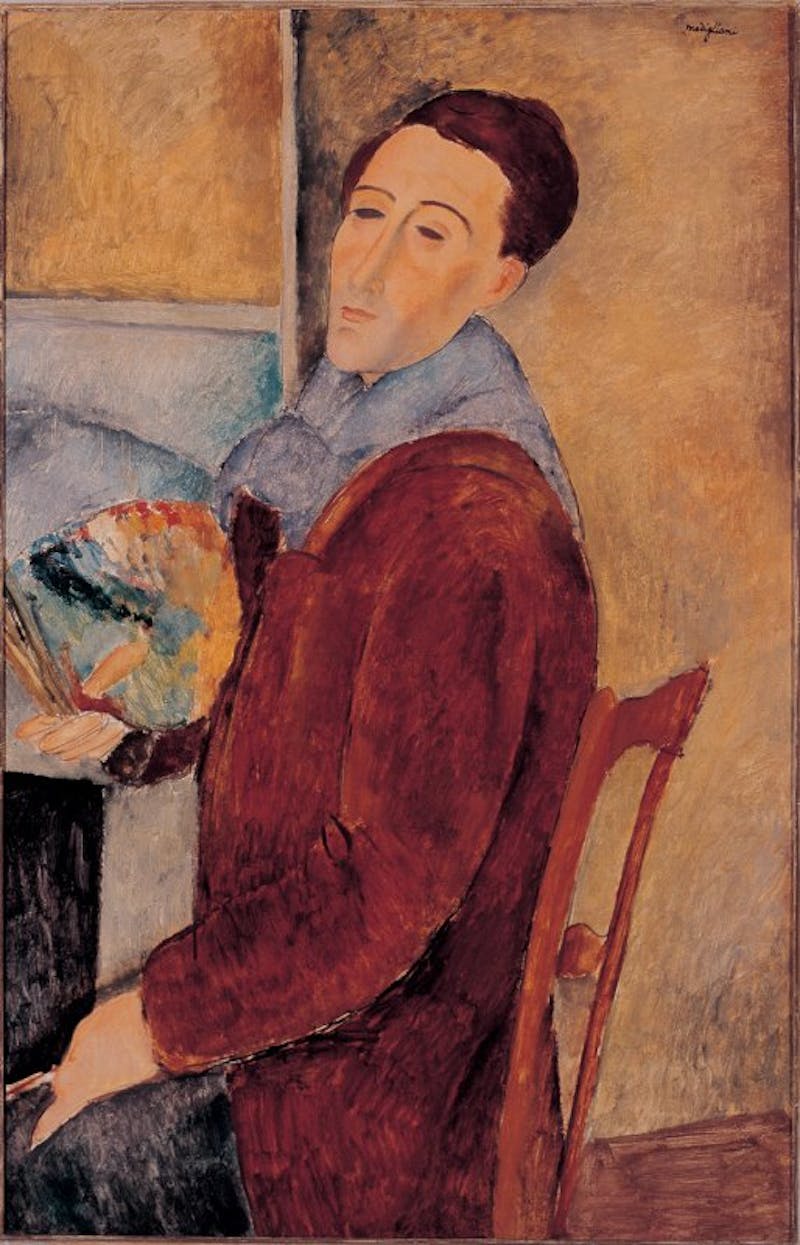
Modigliani was born in 1884 into a family of four children in Livorno, Italy. He would describe himself as an arrival under ‘the auspices of ruin’, as his father, a wood and coal dealer, had just gone bankrupt at his birth. His French mother, descended from Jewish elites who had immigrated to Spain, quickly instilled in him a taste for travel and culture, and urged him to take drawing lessons; however, his youth was punctuated by serious health problems.
Related: 5 Artists from Sickness to Success
As a teenager, he suffered from typhoid, then pleurisy and tuberculosis. Restricted by his illnesses the young Modigliani found a passion in the arts. He frequently visited museums and collections with his mother and enrolled in the Scuola Libera di Nudo of the Fine Arts Academy of Florence. Then, at age 22, he set off with his paintbrushes for Paris, where he lived in a commune in Montmartre.
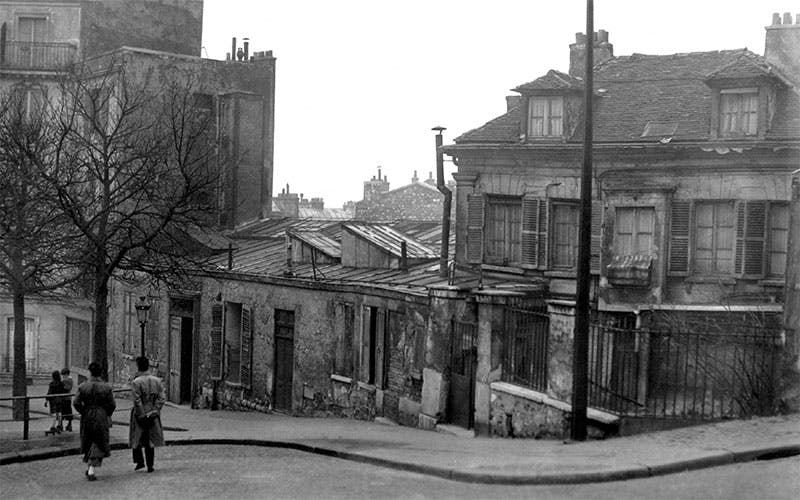
In the Parisian district favored by avant-garde artists, Modigliani led a bohemian life with liberal doses of women, alcohol, opium and, of course, art. He met Pablo Picasso, devoted himself to stone sculpture, and then became friends with his future patron Paul Alexandre. His first paintings, inspired by Cubism and Paul Cézanne, didn’t yet bear his signature traits. It was only from 1911 onwards that one of his quickly-executed pieces, Bust of a Young Woman, revealed the pared-down face with almond eyes and distinctive long neck on which his style was soon based.
Related: 8 Patrons of the Parisian Avant-garde

His first passion remained sculpture, but his health forced him to give up the medium: his lungs could not cope with the dust particles created through the sculpting of the stone.

Modigliani therefore immersed himself in painting, favoring portraits, at times smiling, at others anguished, with faces bearing a striking resemblance to native African masks.
Related: How Dogon Art Inspired Western Artists
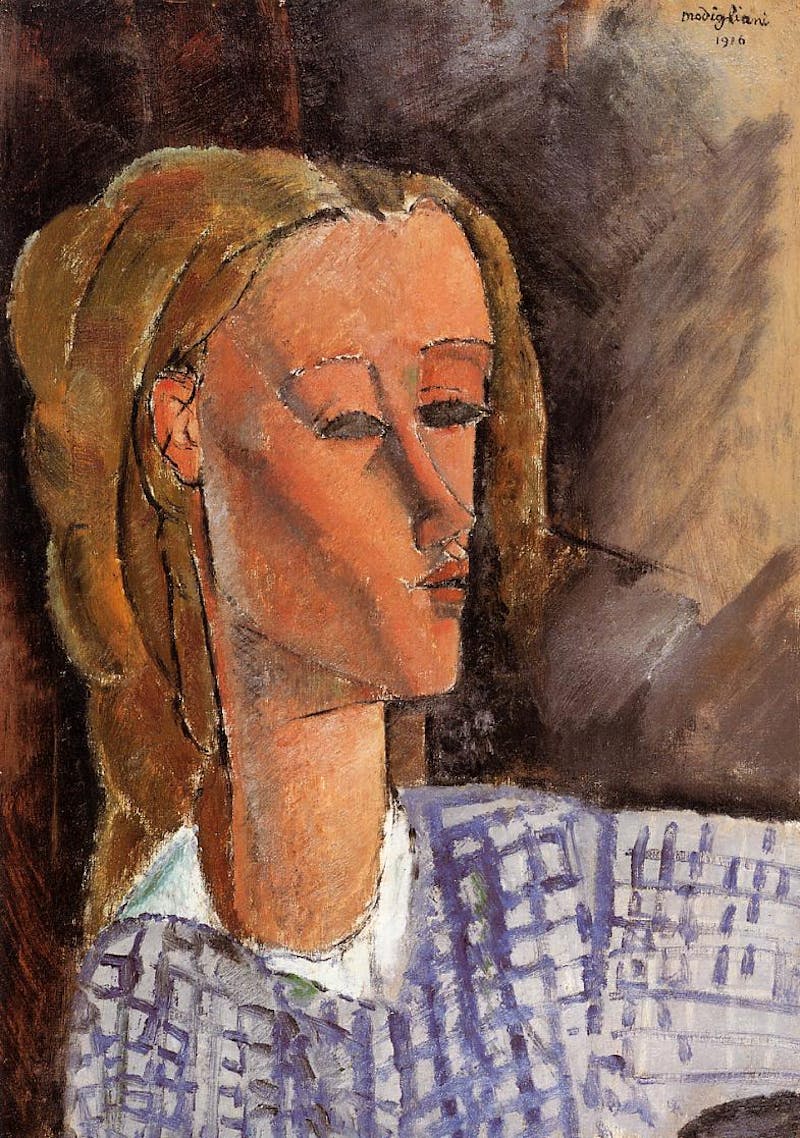
During this period, the painter had a string of stormy liaisons with poets Anna Akhamatova and Béatrice Hastings, and also produced sensual nudes – which sometimes complicated the exhibition of his works. For example, in 1917, at Bertge Weill’s avant-garde Parisian gallery, his Reclining Nude with Loose Hair (1917), as well as other paintings representing languid bodies, were judged as offensive by the onlookers, and the police demanded that they be withdrawn from the gallery windows.
Related: Five Centuries of the Nude in Painting
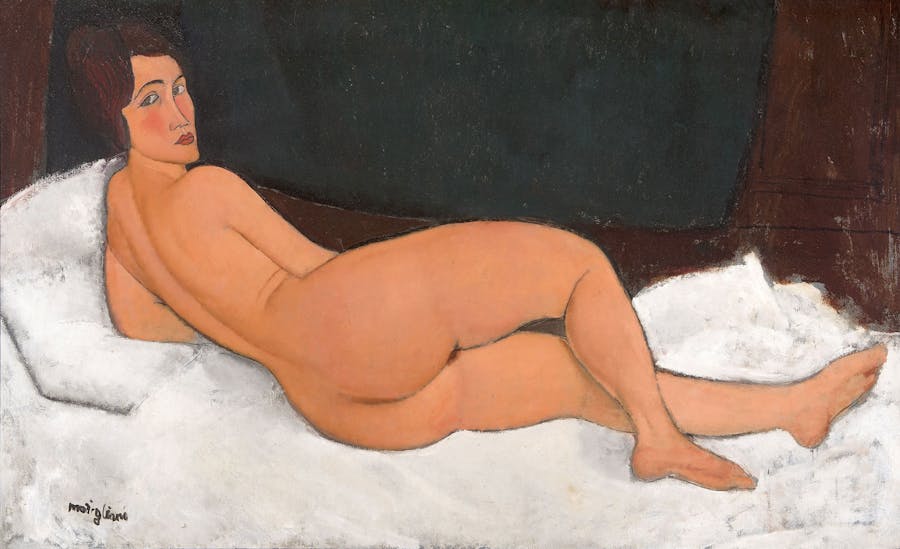
1917 was also the year when he met Jeanne Hébuterne, an art student from an upstanding family who would soon become his favorite model and companion. She became pregnant and withdrew to fulfill her role as a mother, to the great disappointment of her family who did not accept Modigliani for he was a notorious drinker and known for his drug use. The couple’s story took an even more tragic turn when Modigliani died of tubercular meningitis on January 24, 1920 at the age of 35. Jeanne Hébuterne was taken back home to her family where she committed suicide two days after her husband’s death. She was nine months pregnant at the time.
Related: 10 Artist Couples You Should Know
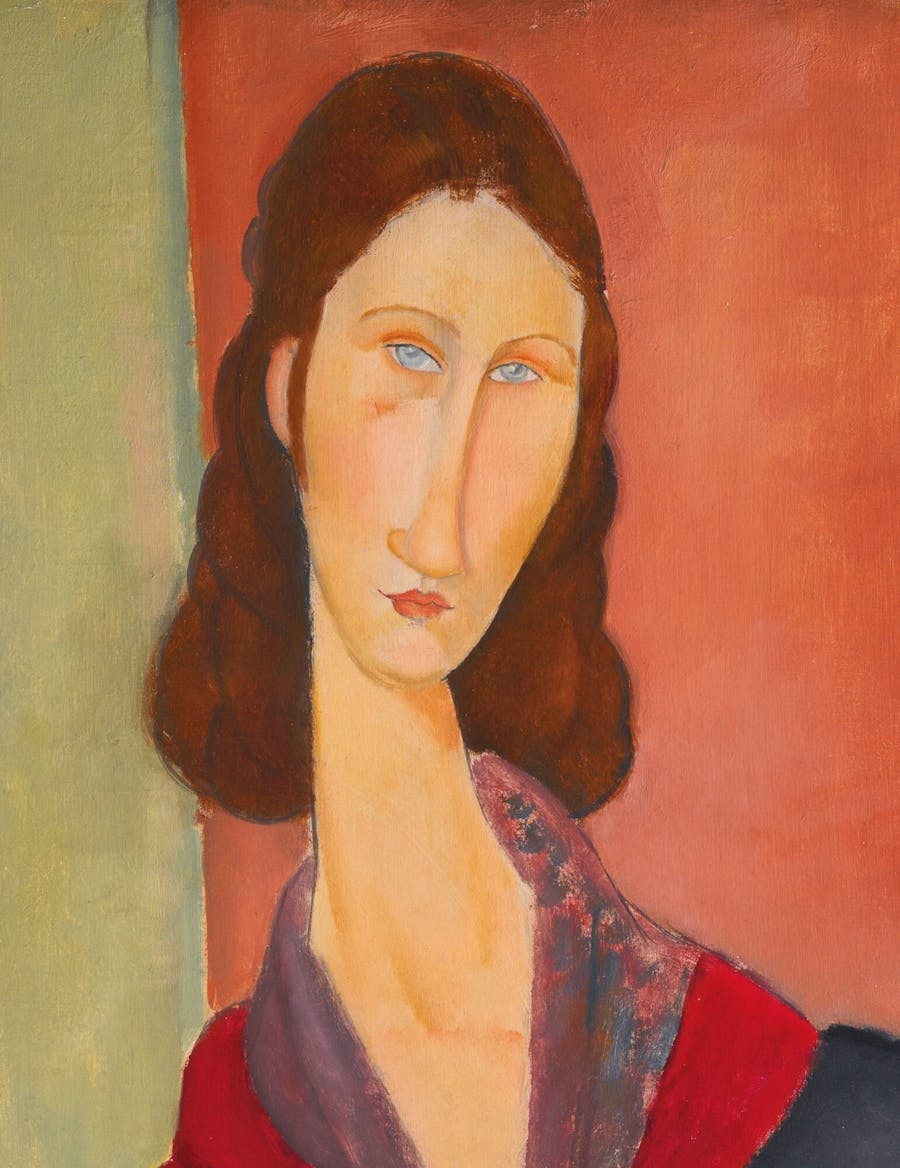
Shortly before this dramatic turn of events, Modigliani painted what are often considered his most beautiful works, many expressing a disturbing humanity, such as his Portrait of Béatrice Hastings (1915) and his Portrait of Jeanne, Pregnant (1920). It was also during this period that he produced a few rare landscape sketches while taking in fresh air around Nice upon his doctor’s advice. When he returned to Paris, his health rapidly declined. It was then, during the most successful time of his career, that he died. In 1920, his works were on display in eight European galleries.
Related: The 12 Most Expensive Paintings Ever Auctioned
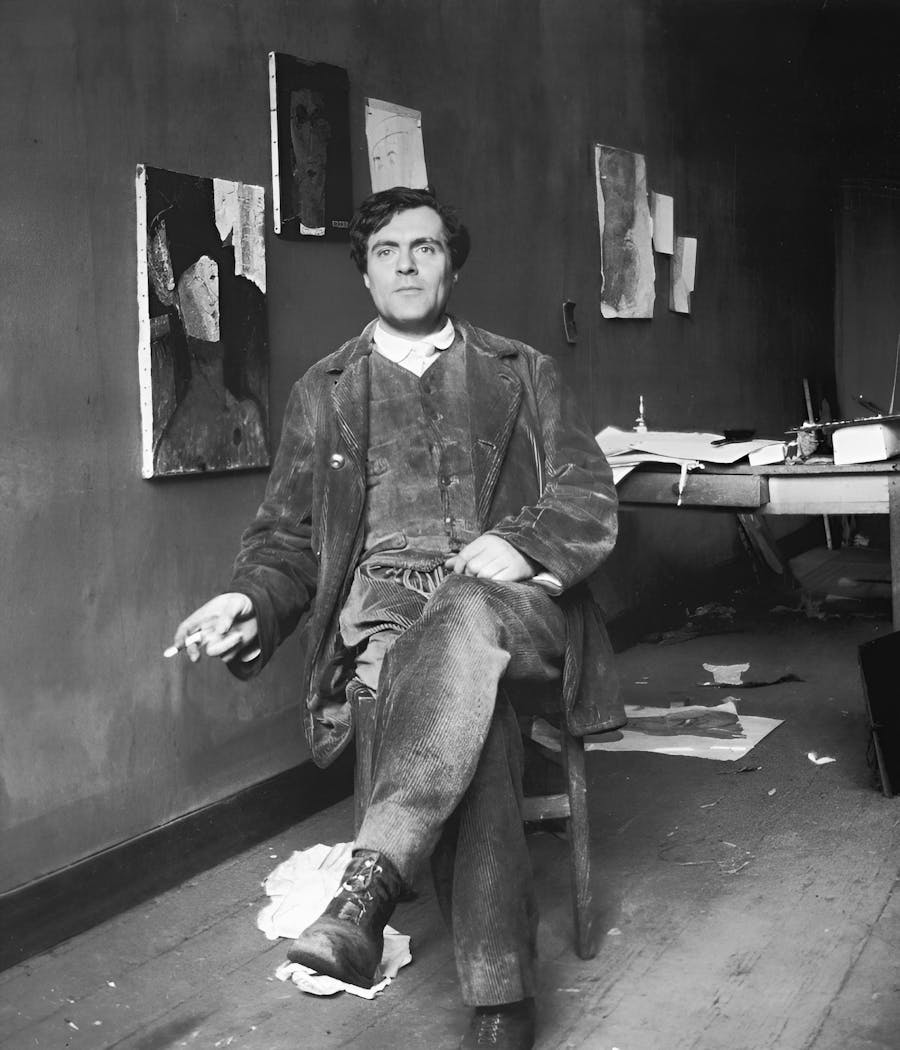
Today, this major early 20th-century artist continues to fascinate the public, as proven by the auction of his famous work, Nu Couché (1917) which was sold for $170.4 million in 2015, going down as the fourth most expensive painting ever sold at an auction.
Explore more artist biographies on Barnebys Magazine
This is an updated version of the article originally published on February 14, 2020


